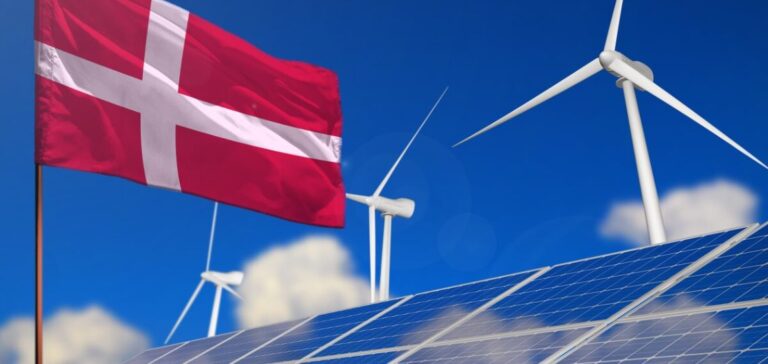Denmark has always been a reference in the offshore wind sector, thanks to its regulatory framework and industrial expertise. However, the recent failure of a 3 GW tender highlights market challenges that require rapid adaptation. Simultaneously, the country is betting on green hydrogen exports, with interconnection projects targeting Germany.
A Canceled Tender Due to Lack of Bidders
The tender for the construction of 3 GW of offshore wind energy was canceled due to the absence of bidders. Several factors explain this situation. First, the rising costs of raw materials, particularly steel and rare metals, have made projects less profitable. Additionally, global logistical tensions have complicated supply chains, slowing investments.
The tender framework was also deemed too restrictive. Unlike other markets, no direct financial incentives were offered to offset risks. Moreover, developers had to bear the cost of grid connection, adding to the financial burden of the projects. Finally, uncertainty about electricity prices discouraged investors, making the profitability of these parks more uncertain.
A New Framework Planned for 2025
In response, the Danish government is working on a revised auction framework for 2025. Among the proposed changes are the reintroduction of partial subsidies, state coverage of part of the grid connection costs, and greater flexibility in project commissioning timelines.
Authorities also aim to strengthen dialogue with industry players to align future tenders with market realities. By offering greater visibility to sector stakeholders, Denmark hopes to attract major developers once again and maintain its leadership in offshore wind energy.
Green Hydrogen as a Strategic Focus
At the same time, Denmark is accelerating the development of green hydrogen. Leveraging its substantial offshore wind potential, the country plans to use electricity from offshore parks to power electrolyzers, enabling the production of decarbonized hydrogen.
This energy vector presents several advantages: it could be used to decarbonize industries such as fertilizer and chemical production or power heavy transport vehicles. Hydrogen exports are also central to Denmark’s ambitions, with Germany—a country seeking alternatives to natural gas—representing a key market.
A Hydrogen Export Project to Germany
Denmark plans to invest in a green hydrogen export network to Germany. This includes adapting existing infrastructure, particularly gas pipelines, to make them compatible with hydrogen transport.
Public financial support is being considered to facilitate these investments. Additionally, a regulatory framework must be defined in collaboration with Germany to ensure harmonization of standards and technical requirements.
Challenges for Industrial Players
Industrial players in the wind and hydrogen sectors are closely monitoring these developments. They advocate for long-term visibility, with a regular auction schedule and stable regulatory conditions. A clearer roadmap would help secure investments and support the growth of a competitive sector.
Denmark is thus adjusting its strategy to maintain its leadership while responding to the new economic and industrial realities of the sector.






















